What We Drank (October 23, 2012)
Here’s a look at what our contributors have been drinking…
Katie Myers: Chateau Pradeaux 2006 Bandol Rosé
I love fall. But with the weather still fairly warm and produce aplenty, I’m clinging to the last vestiges of summer. This 2006 Chateau Pradeaux rosé is a great transitional wine.
I briefly visited Provence this summer and was reminded of the cardinal rule of Bandol wines: they must be aged. Usually big and bold, they need a bit of time to mellow before approaching (kind-of like some people, now that I think of it). This rule holds true for rosés as well - given a chance, the often assertive elements yield to layered, nuanced and well-knit flavors.
Now for the Pradeaux — Dry as a bone, the fruit flavors are muted, Soft savory spice, floral and herbal notes weave together nicely through the palate.
I paired with Spanish cheese, chorizo and Chinese takeout (don’t ask).
It worked.
Amy Zavatto: Domaine Chante Cigale 2011 Chateneuf du Pape Blanc
I like a curiosity. And the sight of a bottle of white Chateneuf du Pape is one that definitely stops me in my wine-seeking geeky tracks. CdP, after all, is a crazy 95% red in production, so I was really excited to spot this one on shelves at the little wine shop I write for inBrooklyn.
It smells like citron and the Italian nougat candy, torrone, that my mother-in-law always used to love at Christmas time. The blend is 25% Grenache Blanc, 25% Roussanne, 25% Bourboulenc (yet another quirk here since apparently Bourby is pretty rare here), and 25% Clairette.
There’s pretty vanilla bean notes, likely from the small percentage of the lusty Roussanne that gets fermented in new oak, and those herby, citrusy and nougat notes keep on going in your mouth, with a funny but great bit of saltiness, too.
Drank it with roasted, crispy chicken and buttery, sauteed Brussels sprouts and was not disappointed!
Mark Grimaldi: Weingut Hiedler 2011 Gruner Veltliner “Thal”
I drink a lot of Austrian Gruner. I just like them. They are good values and come in many different dry styles, making them very food-friendly. From the little, crisp, citrus, peppery ones you chug on the beach, to the complex, fruit-forward, laser-focused, pedigreed ones from the ancient vineyards and wineries.
Len Dest: Bergstrom 2009 Oregon Riesling
Oregon is best known for pinot noir, with considerable accolades for the wonderful pinot gris and most recently some renowned chardonnays. But the best kept secrets of Oregon’s Willamette Valley are the wonderful rieslings produced by a number of wineries. The cool steep hillside of the upper ridges of the Willamette Valley’s western range is a perfect place to produce high-quality riesling.
Bergström is an Oregon wine producer that exclusively produces wines from the Willamette Valley’s pre-eminent hillside vineyards. Since 1999 they have been dedicated to sustainable farming of wine grapes. Bergström uses biodynamic viticulture methods and artisanal winemaking. Unfortunately the 2009 Bergström Riesling is the last made by the winery as owner and winemaker Josh Bergström has decided to focus the winery’s resources on pinot and chardonnay. When we visited the winery last year we were fortunate to purchase six bottles and have it shipped east.
This is an extraordinary domestic riesling. Various wine reviewers have given it 90-92 scores and I believe it merits a higher score as it is one of the best rieslings we have tasted, if not the best. As my wife is German, the Bergström reminds us of great Mosel wines, with aromas and tastes of pear, apple, combined with all the minerality of slate and chalk, and of course that unique riesling petroleum nose. It has as good a balance of residual sugar and acidity as any riesling we have ever drunk.
As with all rieslings, the Bergström is food friendly and can go well with poultry, white meats, as well as with spicy Asian dishes. As this wine has such German characteristics we had it with braised pork chops, red cabbage and spaetzle.
David Flaherty: Perennial Ales Peach Berliner Weiss
Perhaps it’s because my mother severely limited my access to sweets. So much so, that no matter how much I’d busted my hump to fill up mulitple pillow cases of treats on Halloween, she’d still make us dump all our candy in a big pile, and equally distribute up our booty to the other siblings. This was unfair, if you ask me. Socialism at it’s worst.
Over the weekend, my colleague Mark Grimaldi came over for dinner and a little wine. I told him I was going to open a couple domestic nebbiolos (which didn’t go over very well with any of us, admittedly). Knowing that we were tasting nebbiolo, he brought over a bottle of this Xinomavro, which you may remember he likened to nebbiolo several WWDs ago.


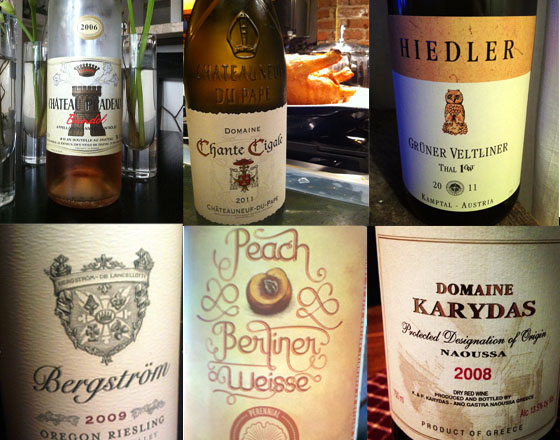




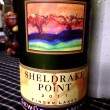

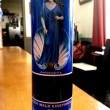

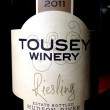
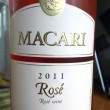
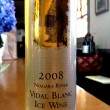


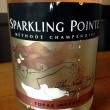
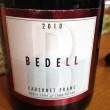
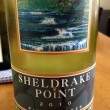


Wow, really cool lineup this week, folks!